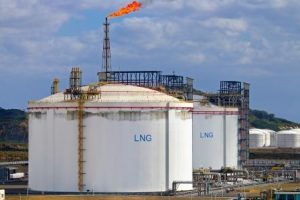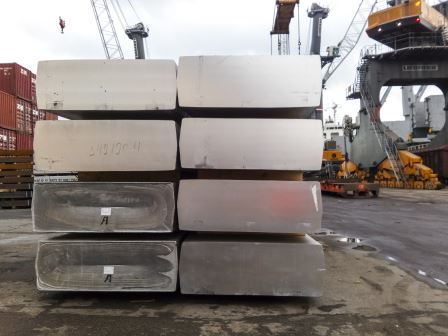 Natural gas has been trading in a tight range since the start of the year as indecisive price actions moderated overall volatility.
Natural gas has been trading in a tight range since the start of the year as indecisive price actions moderated overall volatility.
Traders are confused whether to take fresh positions due to higher production and sinking US inventory levels, amid the ongoing trade spat between the US and China.
Future prices on the benchmark New York Mercantile Exchange (NYMEX) are trading in a $3.99-$2.5/mmbtu range since mid-June 2016, while in the domestic market prices vary between Rs 153.8 and Rs 264 levels.
A few years ago, gas prices were extremely volatile, averaging $15-$1.75/mmbtu till 2010 on supply concerns. However, an increase in production due to advanced extraction methods like hydraulic fracturing and horizontal drilling have brought prices under control.
The US is the world’s top natural gas producer, accounting for almost 20 percent of global production. The country is the top consumer of the commodity as well. US gas consumption has also increased rapidly as power plants have turned to natural gas, replacing coal-fired power.
Gas consumption in the country is highly seasonal, hence global prices are usually dominated by changes in weather conditions and stock levels at various hubs.
Inventory levels at storage hubs are highly correlated with prices. US producers start to build inventories from spring to meet the heating demand in winter. These inventories usually start depleting during winter, which starts in November.
A harsh winter boosts demand. Currently, inventories at various US hubs are at their multi-year lows even as winter is just a couple of months away.
The ongoing US–China trade spat is likely to affect prices. China is the world’s second-leading LNG importer, meeting most of its demand from the US. China largely consumes LNG as a substitute for coal due to its environmental policies.
It is expected that China alone would account for almost half of the global demand for LNG over the next five years. Recently, the country included LNG in its proposed list of retaliatory tariff on American products, which may halt US gas imports.
However, these tensions wouldn’t sway global prices immediately but would be a deterrent to US exports later. As per reports, even before the formal inclusion on the potential tariff list, Chinese buyers have curtailed US gas imports over the last two months.
China now prefers alternative suppliers for LNG imports, which has resulted in the US gas imports to the country hitting its 2018 lows in July.
The commodity is facing challenges from a strong dollar as well. The greenback has risen more than seven percent since the US started imposing import tariffs. A strong dollar makes dollar-denominated commodities more expensive for buyers using other currencies.
Looking forward, prices are most likely to remain steady unless there are drastic changes in US climatic conditions or storage levels. Though a ban by China wouldn’t have an immediate impact on prices, it may gradually affect sentiment later.
In Comex futures, a dip to $2.5/mmbtu is likely to act as strong support for a short term upturn. Breaking the same would be a strong liquidation signal. In MCX, immediate support is placed at Rs 185 mmbtu and resistance at Rs 220 mmbtu.
Posted: August 2018









